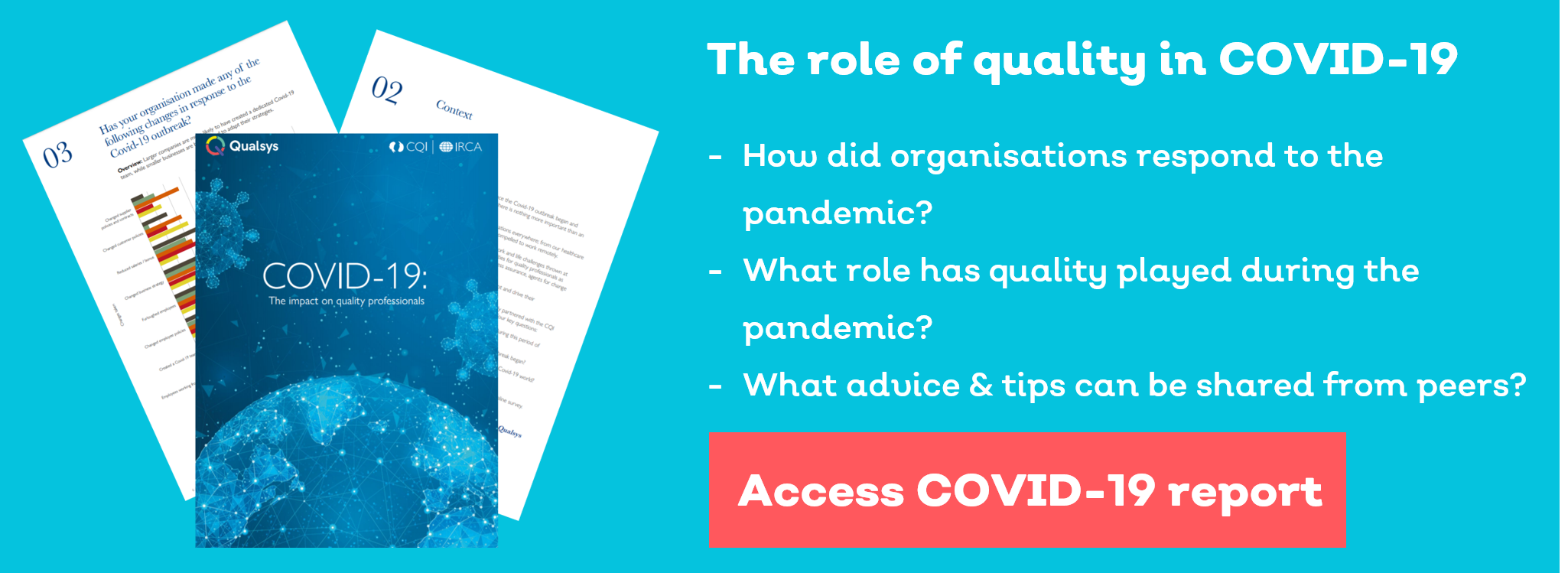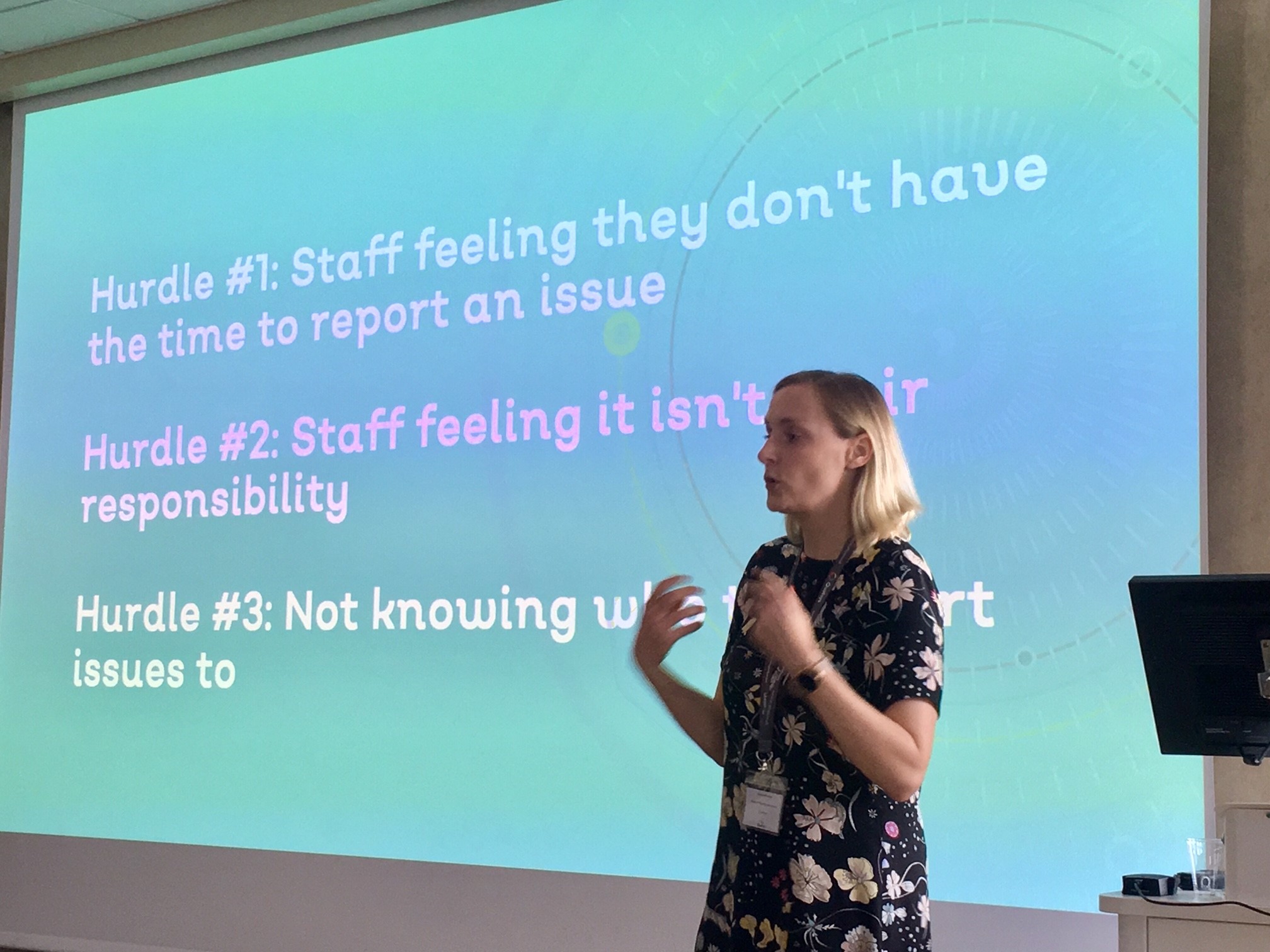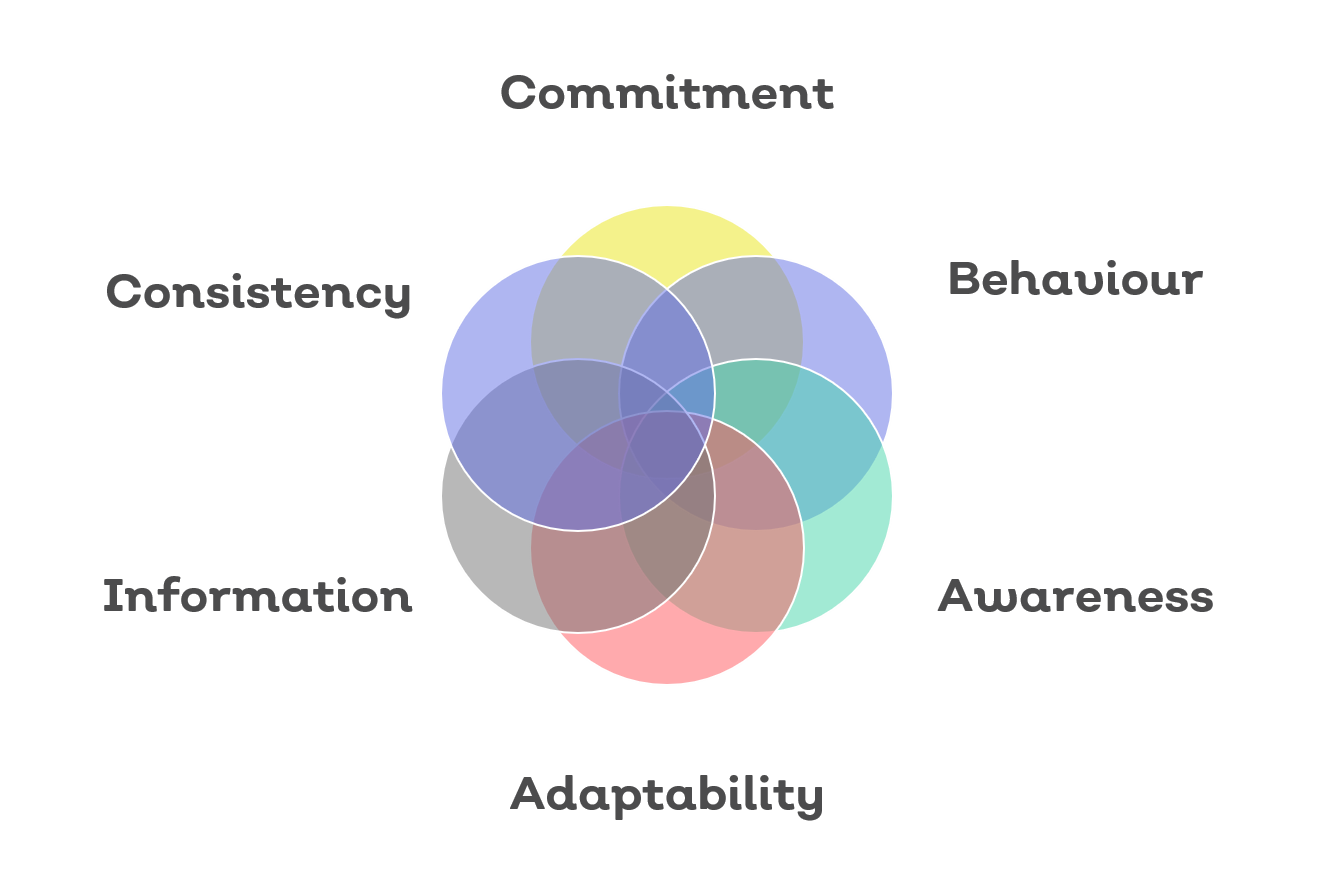Want to contribute to this article?
Vincent Theobald-Vega is Partner and Director of Safety4HEd, a health and safety consultancy operating since 2012.
Vincent shared his three decades of diverse health and safety experience with Qualsys to discuss with us:
- How COVID-19 has changed the health and safety profession forever
- What the 'new normal' will look like for HSE professionals
- How the pandemic has presented an unprecedented opportunity to combine three initiatives into one
Read our interview below.
Qualsys: Were you ready for something like COVID when it happened?
Vincent: I was actually involved in planning for the SARS outbreak back in 2003 when I was Head of Safety at Newcastle University, so we had a bit of a head start.
But what's going on now is different in that the virus is capable of spreading so quickly from multiple points of contact - which means we're all going to have to change everything.
Qualsys: What do you think is going to change in the short term? What should health and safety professionals be looking at from now on?
Vincent: I've been thinking about the 'new normal'. It strikes me that there are several different aspects which are going to grow and evolve over the next few months.
In the short term, we're going to see lots of working from home continuing. That gives rise to its own problems like isolation, stress, how work impacts on people's houses if there's more to it than just a laptop. We've seen people doing things like 3D printing from home, which is perfectly feasible if you have the space, sufficient electricity supply, and so on. But lots of businesses haven't thought enough about how they can operate from their employees' homes long-term.
There's going to be more emphasis on wearing masks, and on thinking about space in workspaces. All our buildings are designed to cram as many workers in the smallest footprint possible - but now, we need distance.
Some businesses are offering screening, which I'm not convinced about. It's like an MOT - it only tells you how things were on the day. And the new idea of the 'immunity passport' isn't going to work either. There are lots of coronaviruses out there and there's evidence to show that resistance decays quite rapidly.

Qualsys hosted an ISO 45001 industry event in September 2019
Qualsys: What about the long term?
Vincent: Long term, we're going to have to start thinking about how we design our buildings. Thankfully there's another agenda which overlaps with this, which is the green agenda with its focus on increased space, decreased consumption, and so on.
I think there's going to be a huge reduction in offices as more emphasis is placed on people working remotely - consciously, deliberately.
I think there's going to be a rise in remote working through robotics. The technology is already there for operations to be carried out from thousands of miles away, and I think it'll be applied to lots of other contexts as well.
There's probably going to be much less commuting in future, which again hits the green agenda very nicely. There'll be a push against people being crowded in together, and more flexibility about when people start and stop work. Most work isn't time-dependent.
Some businesses that have already tried building this culture of flexibility have said it's working incredibly well. Most businesses, of course, haven't tried it yet and are frightened of it.
I think there'll also be an increase in vigilance around biosafety. When you bring human tissue into a laboratory, for instance, it's designated as Class II for biosafety. I suspect all mammalian tissue will be upgraded from Class I to Class II in lab environments.

Now, none of these things are science fiction. I think COVID has accelerated changes which were happening anyway.
Why are we making these changes? Because the next pandemic is around the corner.
In the last two decades, we've had four potential major pandemics. COVID is worldwide. SARS was regional, MERS is still going on regionally, with less contagiousness. And we've had the avian flu concerns and several other things rattling around.
As we as a species start pushing more on the environment, the environment is going to push back. That means more risk to people and to health and safety.
We can actually deal with several issues simultaneously, with the same sensible, reasonable precautions.
And it's not just a case of 'one issue, one set of benefits'.
It's a case of several different issues, lots of different benefits. That holistic view is really important but it's being thoroughly missed by most people at the moment.
Qualsys: Will these changes be permanent and become business as usual, or will they be backup and contingency plans should another pandemic occur?
Vincent: A mixture. It depends on the business. Places like hospitals just can't work remotely, it isn't possible. That means there'll have to be huge emphasis on how we monitor, maintain and protect within a normal contact environment. Then there has to be a backup plan if things get bad again.
Equally, an engineering company can't do anything about the physical nature of metalworking. But they can make sure they engineer sufficient space in canteens, access to cleaning facilities, and so on.
Why are we making these changes? Because the next pandemic is around the corner.
Qualsys: What role do business leaders have to play in driving these changes?
Vincent: ISO 45001, IOSH, IIRSM. All these organisations have been going on about leadership as the hub of health and safety management for a long time.
Businesses that have that leadership approach will continue to do better. Those that haven't will progressively go to the wall.
30 years ago, when I started in health and safety, we were pleased to only be killing 500 people a year in this country. Now we're ashamed if we get anywhere near 200. This cultural change is slow, but it is happening.
Qualsys: In May we ran a COVID-19 quality industry survey with the CQI, which revealed that about half of businesses are placing more emphasis on employee wellbeing.
But only a quarter of quality professionals have been directly involved in those initiatives.
How can quality and health and safety start working more closely together?
Vincent: They're both Cinderella services, and always have been.
Quality tends to be seen as 'about the product'.
Health and safety tends to be seen as 'making people do what they're told'.
Neither of those perceptions are true, of course. But there's still that disconnect, where they should be working hand in glove.
I suppose I'd start by looking at the areas of overlap between:
- The new health and safety normal
- The environment and the green agenda
- Quality
None of these issues should be taken in isolation. The common structure in ISO standards reflects this.
This huge overlap means we can actually deal with several issues simultaneously, with the same sensible, reasonable precautions.
And it's not just a case of 'one issue, one set of benefits'. It's a case of several different issues, lots of different benefits. That holistic view is really important but it's being thoroughly missed by most people at the moment.
If you take remote working as a new business practice, for example:
- From a health and safety perspective, you're minimising the spread of COVID
- From an environmental perspective, you're cutting down the emissions connected to your business
- From a quality perspective, you're moving away from presenteeism and focusing only on outputs and what gets done
Three different agendas, one action.

More reading
Learn more about the 'new normal', the impact of the pandemic and the future of quality by accessing our latest industry report:









Share your thoughts on this article